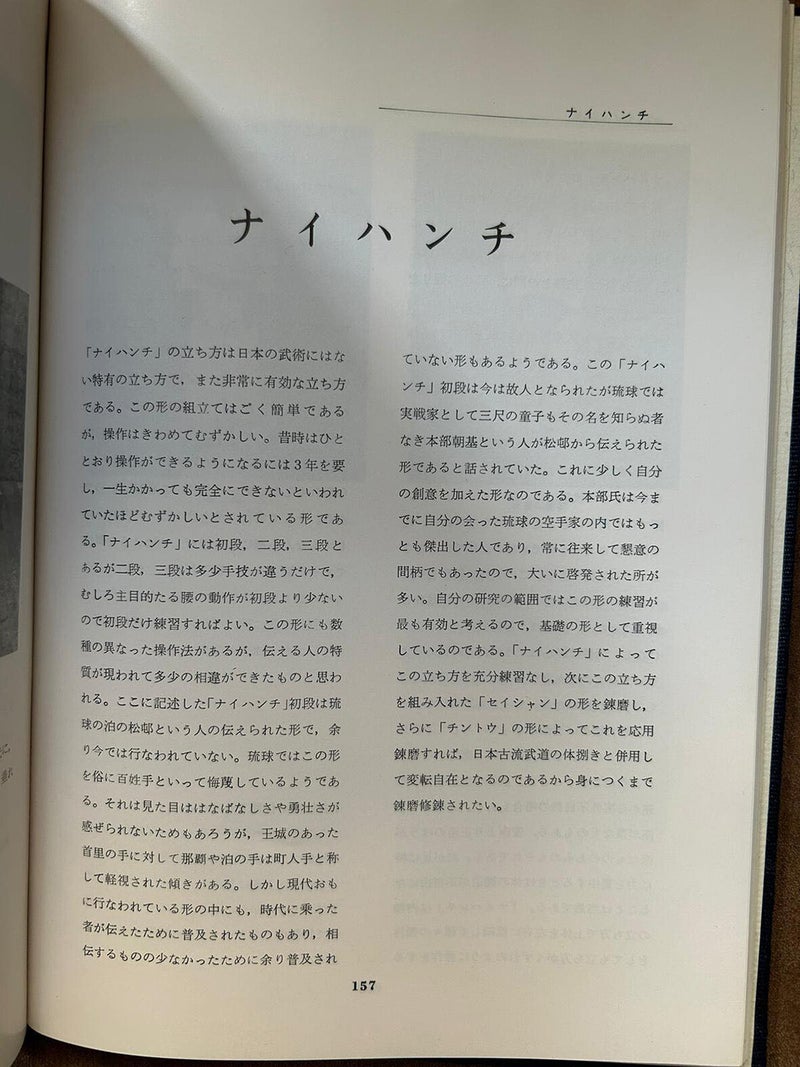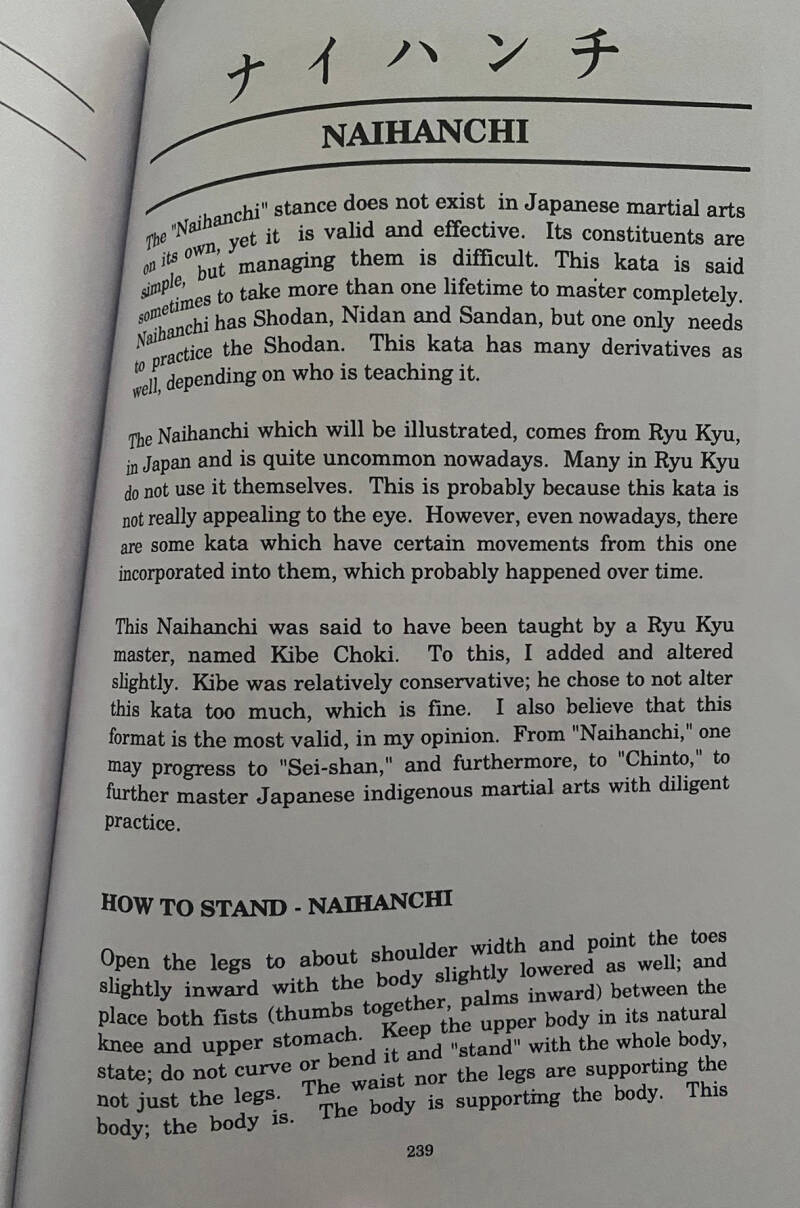Misunderstandings in karate history - Lost in translation
Published: January 21, 2023
In April 2020, I published the article 'Misunderstandings in karate history - The difficulty of research'. In this article I described how a lot of information that is found on the internet is just copy/pasted without cross-checking and even thinking ‘Is this logical and is this even possible?’. Therefore a lot of information that can be found on the internet is wrong. Sometimes it is even impossible.
However, there are more problems that cause misunderstandings in karate history. For example; Okinawan and Japanese texts and books which are translated into English. There are several examples of books by Funakoshi Gichin which are not translated accurate. And today I found another example myself.
Otsuka Hironori's Naihanchi
Last week I received the English version of 'Wado Ryu Karate' by Otsuka Hironori Sensei, the founder of Wado-Ryu. On page 239 Otsuka Sensei writes about Naihanchi: "This Naihanchi was said to have been taught by a Ryu Kyu master, named Kibe Choki. To this, I added and altered slightly. Kibe was relatively conservative; he chose to not alter this kata too much, which is fine. I also believe that this format is the most valid, in my opinion."
Now, what triggered me was the name of 'Kibe Choki', as Wado-Ryu's Naihanchi is most commonly accepted to be taught to Otsuka Sensei by Motobu Choki Sensei. I contacted Motobu Choki Sensei's grandson Motobu Naoki Sensei and asked him if he knows if his grandfather was also known as 'Kibe Choki'.
He answered: "Perhaps the translator mistook Motobu (本部) for Kibe (木部). The two Kanji characters are similar."
What also triggered me, was the fact that the text says 'This Naihanchi was said to have been taught'.
'Was said to have been taught' could implicate that Otsuka Sensei says it wasn’t taught to him directly by Motobu Choki Sensei.
Motobu Naoki Sensei answered: "I think Otsuka Sensei learned Naihanchi directly from my grandfather."
Now, if the translation of 'Motobu' was inaccurate, it's of course also possible that this part was also translated inaccurate. Thanks to my fellow countryman Jerry Smit, I was able to get pictures of the original Japanese version. Motobu Naoki Sensei was so kind to translate it for me. Now, the same part in the Japanese version says:
"This Naihanchi Shodan, according to the late Motobu Choki, was a kata handed down to him from Matsumura. He was a famous fighter in Ryukyu, and it was said that there was no one, even a small child, who did not know his name. This is a kata to which I have added a slight modification. Mr. Motobu is the most outstanding Ryukyuan karate master I have ever met, and I have learned a lot from him because we have been in constant contact.”
Now, this is something totally different. The English version does not confirm Otsuka Hironori Sensei learned Naihanchi from Motobu Choki Sensei, who in this case is also called 'Kibe Choki', it only says he 'added a slight modification' to it. This could mean that he learned it from someone else than Motobu Choki Sensei.
But the Japanese version says 'according to the late Motobu Choki, was a kata handed down to him from Matsumura' and 'I have learned a lot from him because we have been in constant contact'. This confirms that Otsuka Hironori Sensei studied directly with Motobu Choki Sensei.

The original Japanese version.

The English translation.
Now, what we can learn from this example is that we cannot rely on Western translations of Japanese books without double checking the original. If a translation is inaccurate and parts from the original text are not in the translation, the translation can give us a totally different, or even false, story.
Author: Olaf Steinbrecher